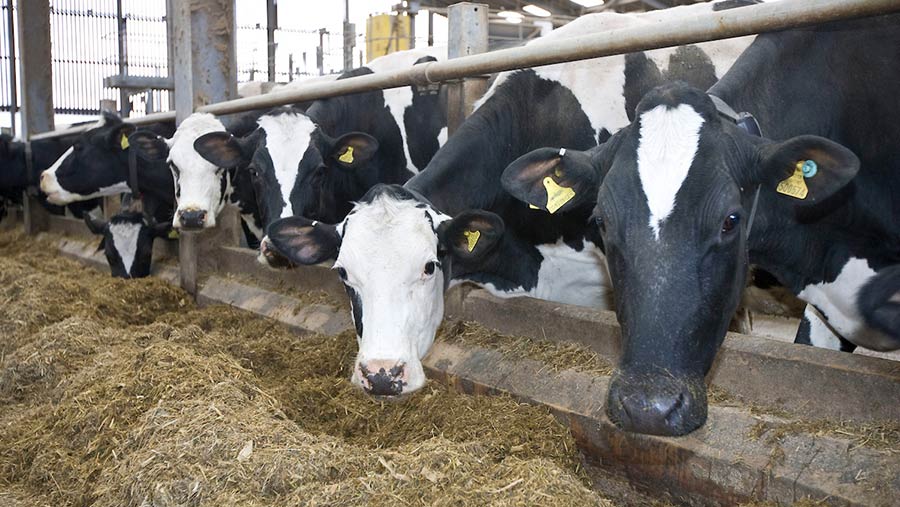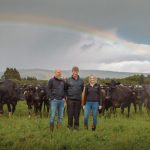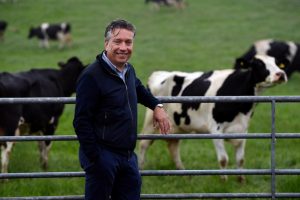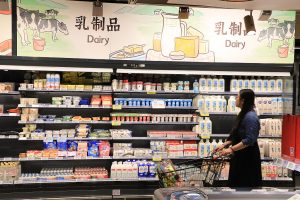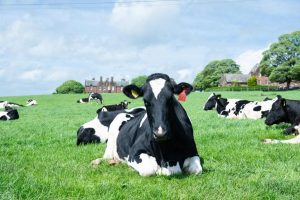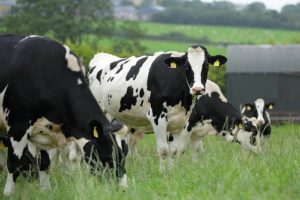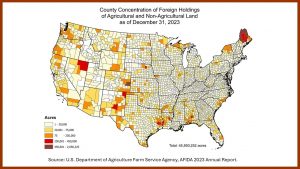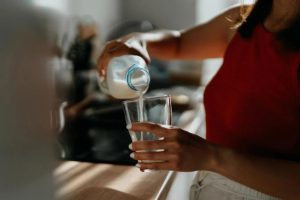
National Milk Records’ annual Key Performance Indicator (KPI) report for the year ending August 2022 shows age at first calving is also continuing to fall.
In addition, data from the 500 randomly selected herds also show average somatic cell counts (SCCs) have dropped from 173,000 cells/ml to 166,000 cells/ml and calving interval has fallen by three days to 394.
Milk production has eased back on the year from 9,008 litres a cow a year to 8,708 litres a cow a year, bucking the largely upward trend since 2010.
Productive life (age of exit minus age at first calving) has also jumped by 24 days since 2021 to 3.7 years, on average.
This has been largely driven by the reduction in age at first calving.
Age at first calving and longevity
The median of the 500 herds averaged 26 months and one week at first calving – an improvement of 95 days since 2010 and an improvement of 10 days on the year. The top 25% of herds are achieving 25 months old at first calving.
Yet data show cow longevity was better in 2010, when it averaged 3.9 lactations compared with 3.6 lactations for 2022.
Culling rate has also increased from 24% to 26% in this same period.
However, vet Peter Orpin believes this is a result of improvements in cow health and youngstock rearing practices, as well as the advent of sexed semen.
Combined, these have given dairy farmers the opportunity to make “‘planned culls” rather than “forced culls”.
“We are seeing a move to more planned removals and higher replacement rates because that’s what the market demands.
“I don’t view it in a negative light unless [higher replacement rates] are accompanied by health problems,” says Mr Orpin.
Other highlights
-Nearly half of the cows within the top 25% of herds completed their lactation without a high somatic cell count (SCC) reading. This is defined as more than 200,000 cells/ml.
-Only one-third of cows achieved this feat in 2010
-Calving interval averaged 394 days – a drop of 30 days since 2010
He concedes TB would be having a negative impact on cow longevity and replacement rates in some parts of the country, but adds that many farmers are actively choosing to remove problem animals in a drive to improve herd health and reduce antibiotics use.
“There was a time when farmers didn’t have enough replacements. We have got better at so many things and we have better survival rates in youngstock.”
Improvements
The top 25% of herds are achieving 4.1 lactations, on average, with culling rates of 22%. Cows in these top-performing herds are calving cows earlier (2.1 years) and boasting better fertility.
Pregnancy rates in the top quartile of herds averaged 21% compared with 16% in median herds.
When looking for ways to improve, Mr Orpin says the most important thing is to assess why cows were leaving the herd.
“Carry out an exit poll. Was it a forced cull, a planned cull or a death? You can then identify trends and look at ways to prevent some of the exits.
“A well-managed herd should comfortably achieve a replacement rate of 25-30%,” he adds.
The report was produced by James Hanks and Mohamad Kossaibati from the University of Reading.
